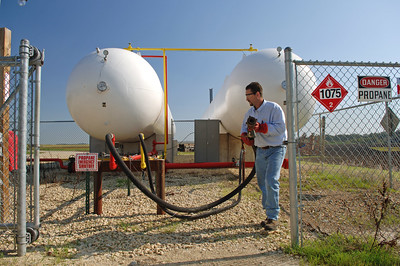Ways to Get Propane Smell Off Your Hands (Protect Your Skin)
Have you ever noticed a lingering smell on your hands after handling propane tanks, only to find that the scent just doesn’t seem to fade away? Propane, a commonly used fuel in many households and industries, is typically odorless. However, an additive called ethanethiol (also known as ethyl mercaptan) is added to make leaks noticeable […]
Ways to Get Propane Smell Off Your Hands (Protect Your Skin) Read More »










